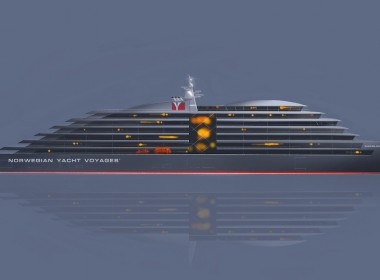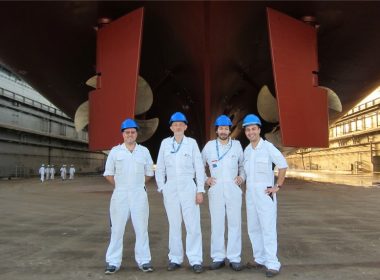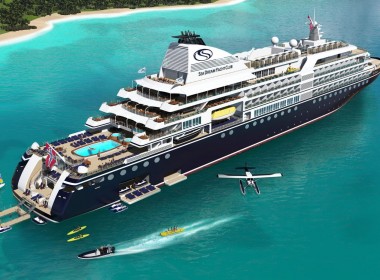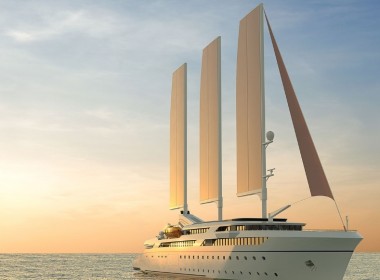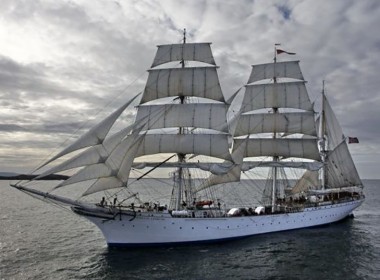FEATURE | Norwegian firm developing sail-powered cruise ship design

Norwegian naval architecture firm YSA Design has unveiled a concept for a new type of sail-powered catamaran cruise ship that offers the flexibility to access waters where larger vessels will have difficulty operating.
YSA Design said the design includes a host of features to attract premium-end cruise guests while combining the sustainability of sails and a four-metre draught in a 104.5-metre-long ship with access to shallow waters. Dual hulls counteract listing under the sail to maintain stability and comfort for up to 200 guests on board.
Design highlights
Four 50-metre-high foldable sails will be mounted on six-metre-high bases on deck to capture the wind. Engines running on green bio-methanol will sustain hotel operations and – if wind was insufficient – the main propulsion, although the ship will also be enabled with a hybrid drive to incorporate silent running on battery power.
Two 18.2-metre-wide hulls will be connected by an inverted U-shaped structure spanning 18.5 metres, with the catamaran’s two-deck central superstructure incorporating the bridge and some public spaces.
Each hull will include four decks plus a “yacht top” with room for 100 dual occupancy guest cabins and 155 crewmembers.
Trond Sigurdsen, Senior Architect and Partner at YSA Design, said the catamaran will be marketed towards the premium end of the cruise market by bringing environmentally conscious guests closer to the sea and to destinations that other ships cannot access.
Innovative features
The twin hulls will feature retractable aft and central platforms extending down to the water when the vessel is at anchor or in dynamic positioning mode. Sea lounges could then open up for sunset dining, as spas, or as beach and watersports clubs.
YSA Design said the design envisages a transparent bay structure between the hulls so that guests can “hover” over the sea. With the aid of auxiliary lighting, this capability will allow guests to more clearly and easily see underwater attractions such as shipwrecks and coral reefs without leaving the relative safety of the vessel.
Sigurdsen added that the catamaran aligns closely with contemporary thinking on destination-based cruising, where a ship gliding in under sail would not disturb wildlife.


